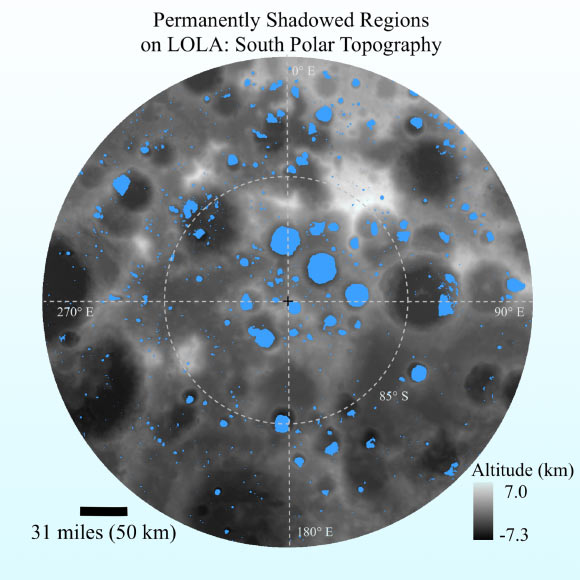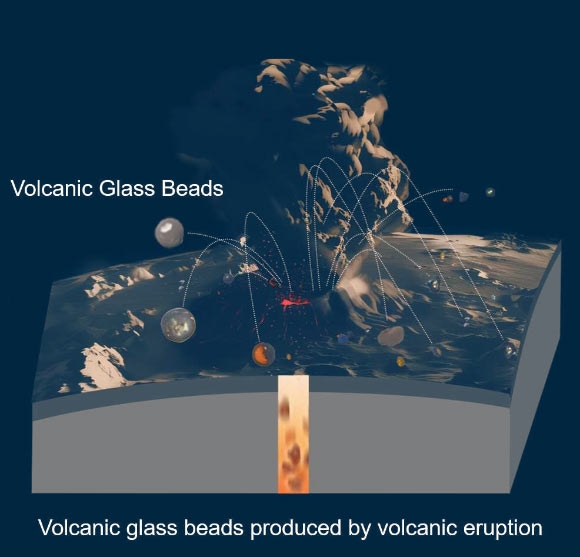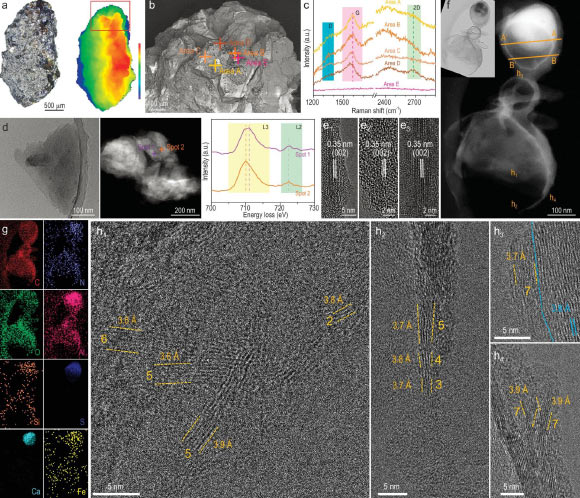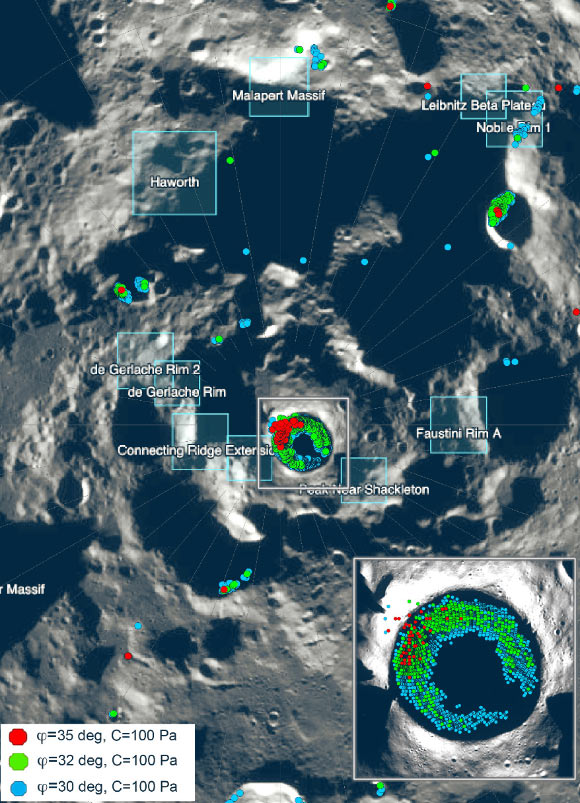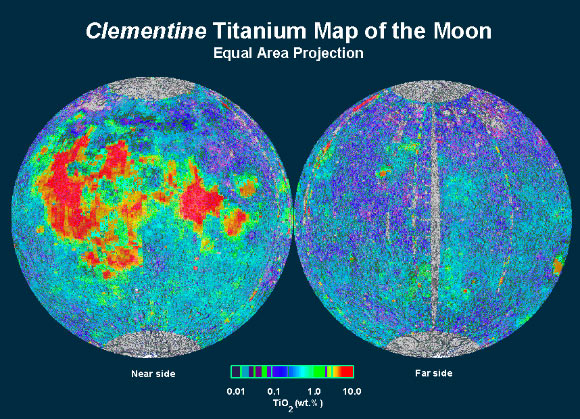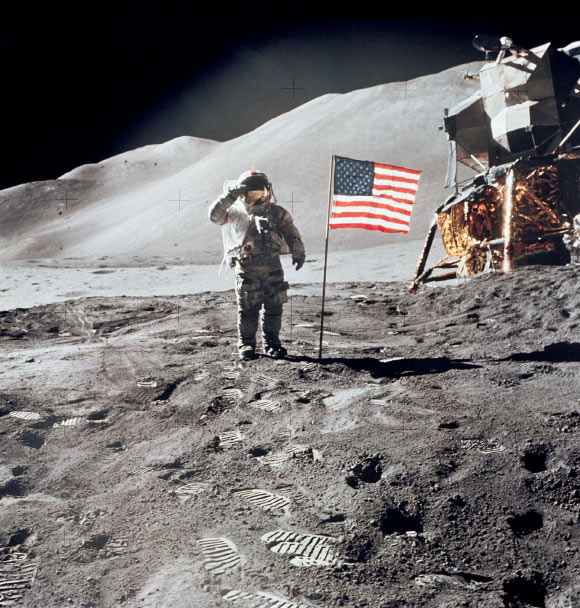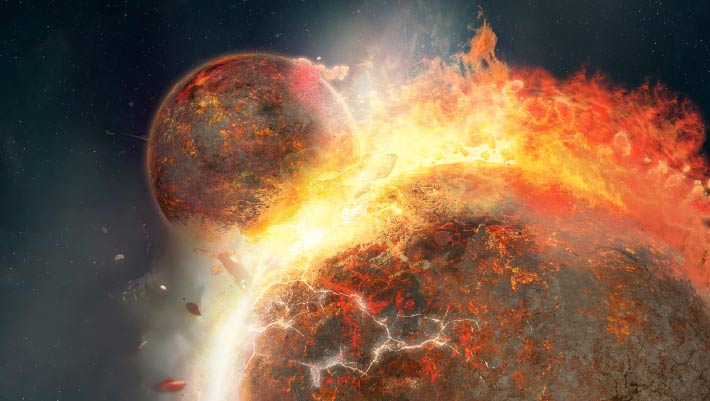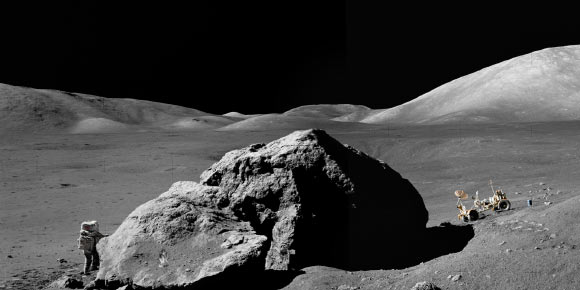Lunar Ice Deposits are More Extensive than Previously Thought
Prior studies found signs of ice in the permanently shadowed regions near the south pole of the Moon, including areas within Cabeus, Haworth, Shoemaker and Faustini craters. A new analysis…


